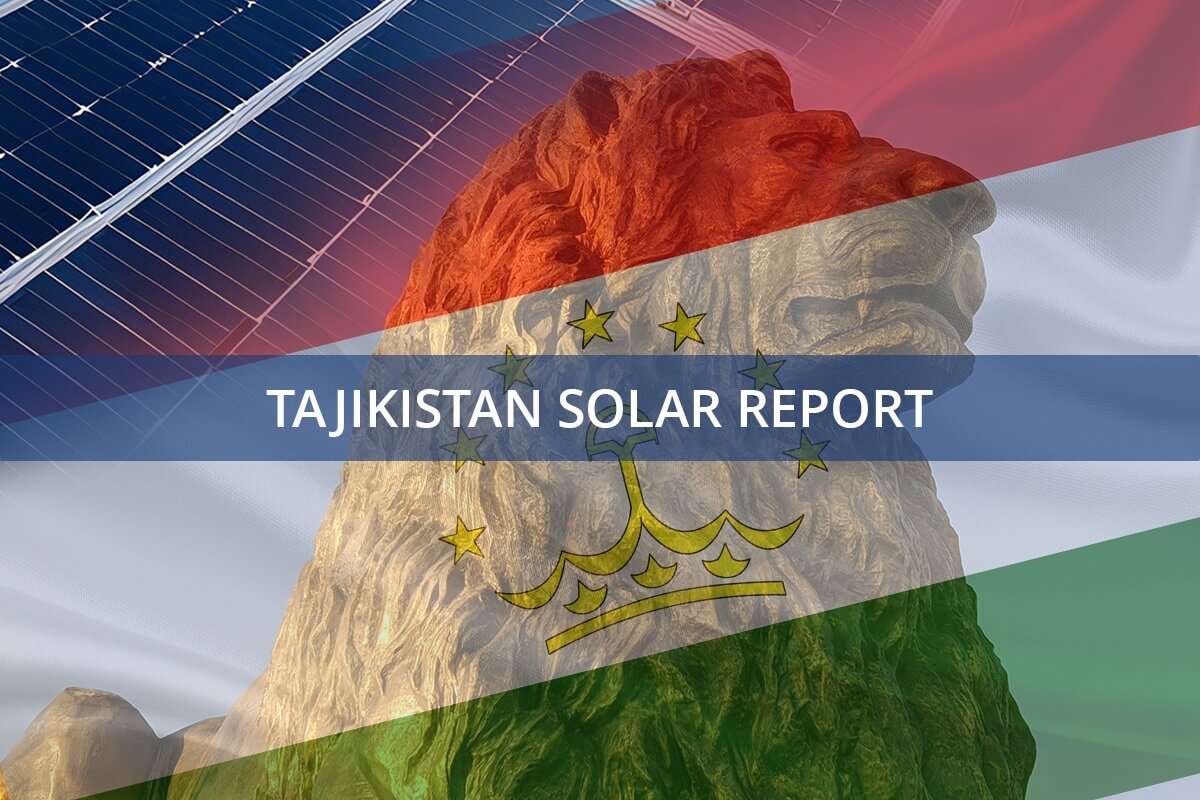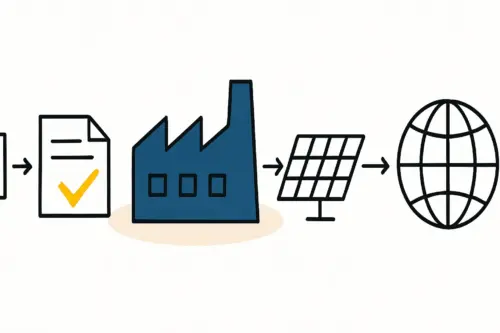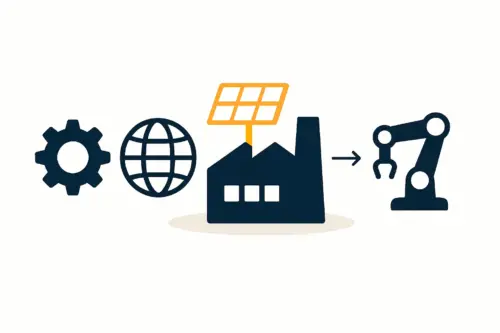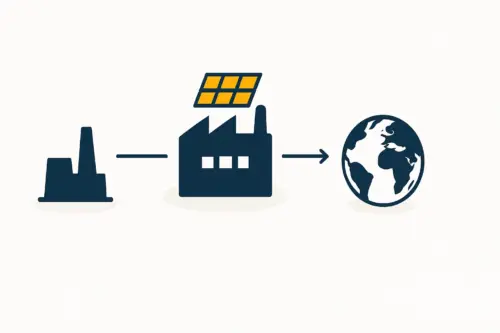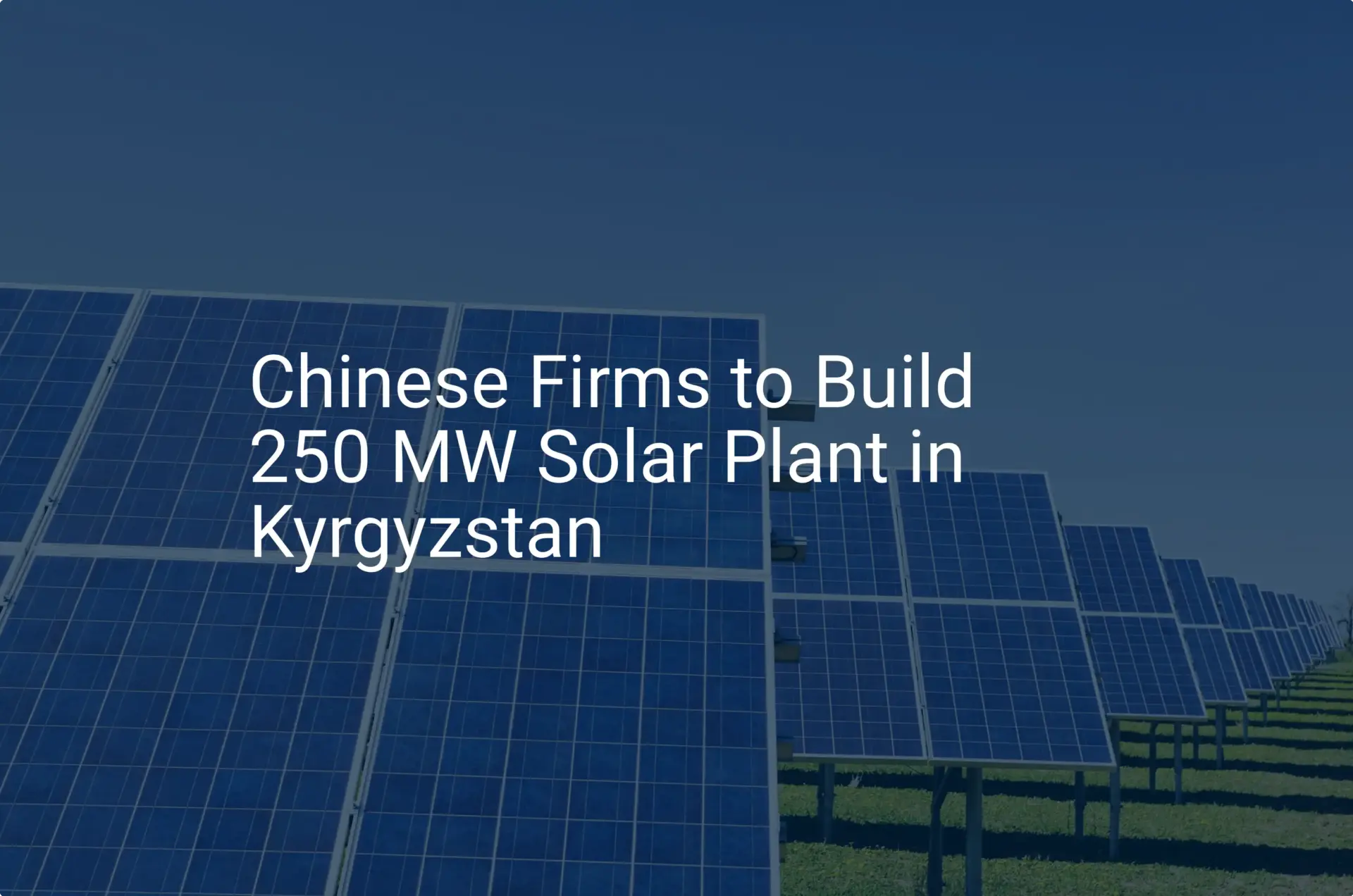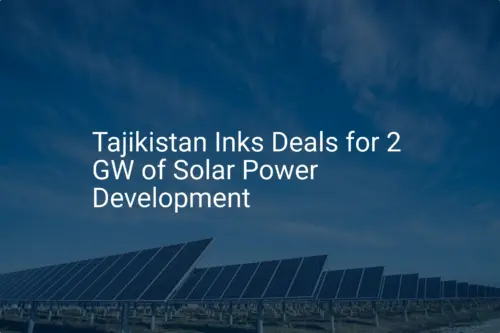An entrepreneur looking at Tajikistan’s vast, sun-drenched landscapes would see an ideal location for solar energy. With 2,500 to 3,000 hours of sunshine annually, the potential is clear.
Yet a standard solar module, designed for the moderate climates of Europe or China, can fail prematurely in this demanding environment. The very factors that make Tajikistan so promising for solar—intense sun and high altitudes—also create engineering challenges that, if unaddressed, lead to rapid degradation and significant investment losses.
This article explains the specific environmental stressors in Tajikistan and outlines the engineering and material science principles required to manufacture solar modules that not only survive but thrive in such conditions. Understanding these factors is the first step toward building a successful and sustainable solar manufacturing enterprise in the region.
The Unique Environmental Stress Factors in Tajikistan
A solar module is a sophisticated electronic product expected to perform reliably for over 25 years. Its longevity depends entirely on how well its components withstand local environmental conditions. In Tajikistan, three primary factors combine to create a uniquely harsh environment for standard photovoltaic (PV) materials.
High Solar Irradiance and UV Radiation
The high number of sunshine hours in Tajikistan means intense and prolonged exposure to ultraviolet (UV) radiation. While beneficial for energy generation, this constant UV bombardment is a primary driver of material degradation in solar modules. It attacks the polymers used in the module’s construction—particularly the encapsulant and the backsheet. Over time, this exposure leads to yellowing, brittleness, and cracking, reducing performance and ultimately causing module failure.

Extreme Temperature Fluctuations (Thermal Cycling)
Many parts of Tajikistan, especially in the Pamir Mountains, experience dramatic temperature swings, with daily ranges from below -20°C at night to over +40°C on a sunny day. This relentless expansion and contraction of the module’s different materials—glass, silicon cells, metal ribbons, and polymers—is known as thermal cycling. This process creates immense mechanical stress on the solder joints that connect the solar cells. Over thousands of cycles, this stress can form microcracks, increasing the module’s electrical resistance and reducing its power output.
The Challenge of High Altitude
A significant portion of Tajikistan sits at a high altitude, which presents two distinct challenges for solar module performance and durability:
-
Increased UV Intensity: The Earth’s atmosphere becomes thinner at higher altitudes, providing less of a filter for UV radiation. For every 1,000 meters of elevation gain, UV intensity can increase by 10-12%. A module installed in the Pamirs will be exposed to significantly more damaging UV light than one at sea level, accelerating material aging.
-
Reduced Cooling: The thinner air at high altitudes is also less effective at dissipating heat. Because solar modules lose efficiency as they get hotter, they will operate at higher temperatures in an environment with poor convective cooling, consistently producing less energy than their nameplate rating suggests.
Engineering a Resilient Solar Module: Material Selection is Key
Addressing these environmental challenges requires a deliberate approach to material selection. While specialized materials may increase the initial production cost slightly, they are essential for ensuring the 25-year service life and financial viability of a solar project in Tajikistan. The focus must be on long-term performance, not minimal upfront cost.
Selecting the Right Encapsulant: POE vs. EVA
The encapsulant is the polymer material that bonds the solar cells to the glass and the backsheet, protecting them from moisture and physical impact.
-
Ethylene Vinyl Acetate (EVA) is the industry standard. It is cost-effective and has a long track record. However, standard EVA is susceptible to degradation from high UV exposure and heat, leading to yellowing or browning. This discoloration reduces the amount of light reaching the cells. Worse, under heat and humidity, EVA can produce acetic acid, which corrodes the cell circuitry over time.
-
Polyolefin Elastomer (POE) is a high-performance alternative. POE is inherently resistant to UV radiation and does not produce acetic acid. It also has a much lower water vapor transmission rate, offering superior protection against moisture ingress—a key factor in long-term durability. For a climate like Tajikistan’s, specifying POE is one of the most critical upgrades for ensuring module longevity.
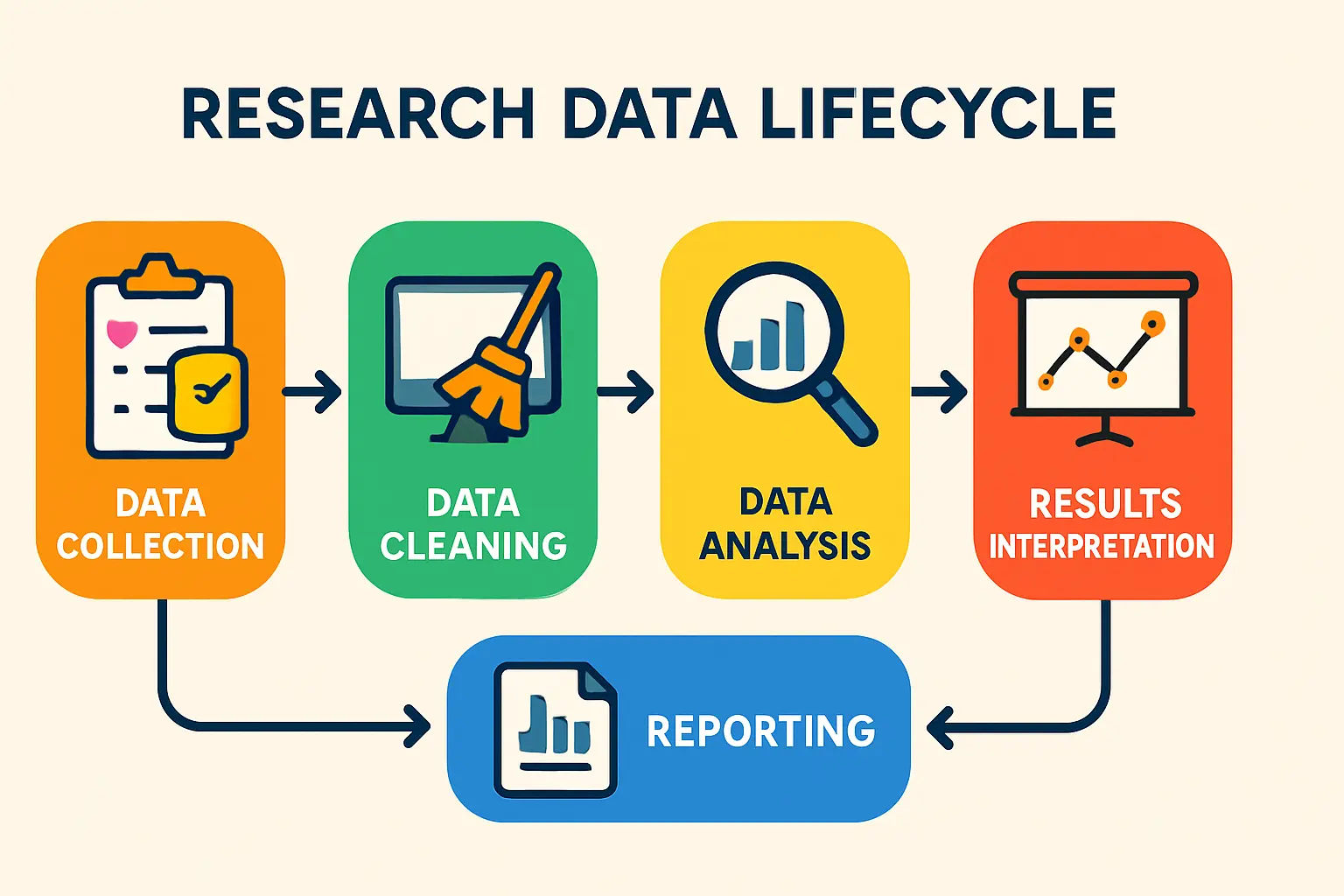
The Critical Role of the Backsheet
The backsheet, the multi-layered polymer sheet forming the module’s rearmost layer, acts as both an electrical insulator and a barrier against environmental factors like moisture and UV.
A standard, low-cost backsheet can become brittle and crack under prolonged UV exposure and thermal cycling. These failures compromise the module’s electrical safety and allow moisture to enter, leading to catastrophic failure. High-performance backsheets, often made with PVDF (polyvinylidene fluoride) outer layers, offer superior UV resistance and mechanical stability, ensuring they remain intact and protective for decades. Understanding the complete bill of materials for solar panel manufacturing and the function of each component is essential for producing a high-quality product.
Glass and Coatings: The First Line of Defense
The front glass of the module is its primary shield. For high-altitude applications, specific features are crucial:
-
Low-Iron Tempered Glass: This maximizes light transmission to the cells.
-
Anti-Reflective (AR) Coating: An AR coating on the glass surface can increase light transmission by 2-3%, boosting the module’s energy yield. This is particularly effective at capturing more light during early morning and late afternoon hours.
-
Glass-Glass Construction: For environments with extreme temperature swings or heavy snow loads, a glass-glass module, which replaces the polymer backsheet with a second pane of glass, can offer superior mechanical stability and durability. While this design has its own considerations, a deeper look into glass-glass vs glass-backsheet solar modules can help determine the best fit for a specific project.
Beyond Materials: Production and Certification Considerations
Choosing the right materials is only half the battle; the manufacturing process and quality control measures are equally important.
Lamination Process Control
The lamination process, where the module’s layers are fused together under heat and pressure, is critical. An incorrect process, even with high-quality materials, can result in delamination or trapped air bubbles. Process parameters must be precisely calibrated for the specific materials used, especially for advanced polymers like POE, which require different temperature and time profiles than EVA.
The Importance of Extended Reliability Testing
Standard certifications like IEC 61215 and IEC 61730 are the baseline for quality, but they are designed to simulate a ‘typical’ environment. For extreme climates, it is wise to specify modules that have passed extended reliability tests. These include:
-
Damp Heat Test: 2,000 hours instead of the standard 1,000 hours.
-
Thermal Cycling Test: 400 or even 600 cycles, instead of the standard 200.
-
PID (Potential Induced Degradation) Test: Conducted at higher temperatures and for longer durations to ensure the module resists power loss in harsh conditions.
Experience from J.v.G. turnkey projects shows that a manufacturing plan’s ability to meet these extended test protocols is a key indicator of long-term field performance in demanding environments like Central Asia.
Frequently Asked Questions (FAQ)
Why can’t I just use standard, mass-produced solar modules in Tajikistan?
Standard modules are optimized for cost and performance in moderate climates. When used in an environment with high UV, extreme temperature swings, and high altitude, they will likely experience accelerated degradation, leading to a shorter-than-expected service life and a lower return on investment.
Are these specialized modules significantly more expensive?
The upfront cost for modules made with high-performance materials (like POE and PVDF backsheets) is typically 5-10% higher. However, this initial investment is offset by a much lower Levelized Cost of Energy (LCOE). The enhanced durability and higher energy yield over the 25+ year lifetime result in a more profitable and reliable project.
How does altitude affect module efficiency?
Altitude has two primary negative effects. First, increased UV radiation accelerates the aging of module materials. Second, the thinner air is less effective at cooling the module, causing it to operate at a higher temperature. Since module efficiency decreases as temperature increases, the actual power output will be lower than in a cooler, lower-altitude location with the same amount of sunlight.
What is the single most important material to upgrade for a high-UV climate?
While all components work as a system, upgrading the encapsulant from standard EVA to a high-quality, UV-stable POE is arguably the most impactful change for ensuring long-term performance and preventing degradation in a high-UV environment.
Conclusion: Building for Longevity, Not Just for Today
The solar potential in Tajikistan is immense, but realizing it requires a shift in mindset from simply sourcing the cheapest available product to engineering a solution tailored to the local environment. By carefully selecting UV-resistant materials like POE, durable backsheets, and appropriate glass—and by implementing stringent process controls—manufacturers can produce solar modules that will perform reliably for decades.
This approach transforms a solar module from a simple commodity into a piece of critical infrastructure, designed and built for long-term value. Navigating these technical requirements is a crucial part of the planning process. A structured approach, like the one outlined in the pvknowhow.com e-course, can help entrepreneurs without deep technical backgrounds make informed decisions and build a successful manufacturing operation from the ground up.


